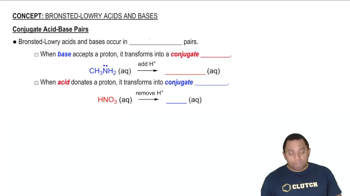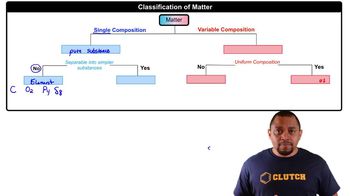Here are the essential concepts you must grasp in order to answer the question correctly.
Chargaff's Rules
Chargaff's Rules state that in a double-stranded DNA molecule, the amount of adenine (A) is equal to thymine (T), and the amount of guanine (G) is equal to cytosine (C). This means that the percentages of A and T, as well as G and C, must be equal in a given DNA sample, which is crucial for understanding the base pairing in DNA.
Recommended video:
Base Pairing in DNA
Base pairing in DNA refers to the specific pairing of nitrogenous bases: adenine pairs with thymine, and guanine pairs with cytosine. This complementary nature of base pairing is fundamental to the structure of DNA and is essential for processes such as DNA replication and transcription.
Recommended video:
Conjugate Acid-Base Pairs
Percentage Composition of DNA Bases
The percentage composition of DNA bases provides insight into the relative amounts of each base present in a DNA sample. By knowing the percentages of A and G, one can calculate the percentages of T and C using Chargaff's Rules, allowing for a complete understanding of the DNA's base composition.
Recommended video:
 Verified step by step guidance
Verified step by step guidance

